Get ready for the month of May to turn purple as we’re shining a light on all thing’s maintenance engineering, during our inaugural Maintenance Month.
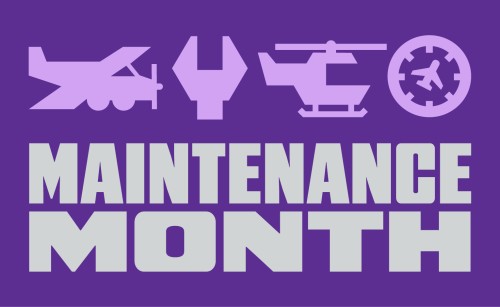
We’re highlighting the pivotal role of aircraft maintenance engineers while also inspiring individuals to explore career opportunities as aircraft mechanics.
Throughout May, our communication channels will be drenched in purple as we host a series of engaging online webinars featuring our very own engineer experts.
Additionally, we are excited to announce an exclusive social media competition for aircraft maintenance engineers and apprentices, with an opportunity to win one of three $500 Snap-on Tools voucher.
Furthermore, Maintenance Month will serve as a showcase of the diverse and rewarding career opportunities available within the field of aircraft maintenance.
From highlighting the technical prowess required to ensuring aircraft safety to emphasising the meticulous attention to detail inherent in every aspect of maintenance work, this initiative aims to foster a deeper appreciation for the crucial work carried out by aircraft maintenance professionals.
Be sure to check out our communication and social media channels and spread the word the word to you friends, colleagues and stakeholders.
Snap-on Tools social media competition
Calling all aircraft apprentices and aircraft maintenance engineers — we’ve got a competition exclusively for you!
Is your toolbox looking a little bare?
This is your opportunity to give it a boost with top-notch equipment, with the chance to win 1 of 3 $500 Snap-on Tools vouchers!
How to enter
To enter:
- Follow us on Facebook and Instagram.
- Subscribe to our aircraft maintenance engineer mailing list.
- Tag a fellow engineer who should also participate!
Entries close 4pm Friday 24 May.Terms and conditions
Winners will be randomly selected.
One entry per person.
You must have completed all 3 items under ‘How to enter’. You must also provide proof of your occupation as either one of the following:
- an aircraft apprentice
- an aircraft trade assistant
- unlicensed aircraft maintenance engineer.
Open to Australian residents only.
This giveaway is not sponsored, endorsed, administered by, or associated with Facebook or Instagram.
We’ll notify the winners via email and how to claim their voucher.


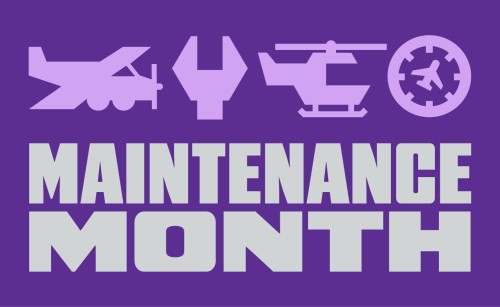
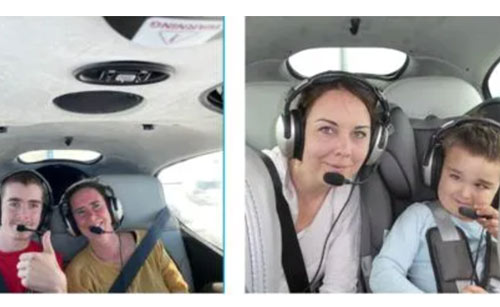
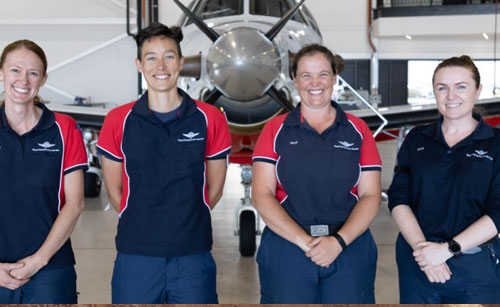
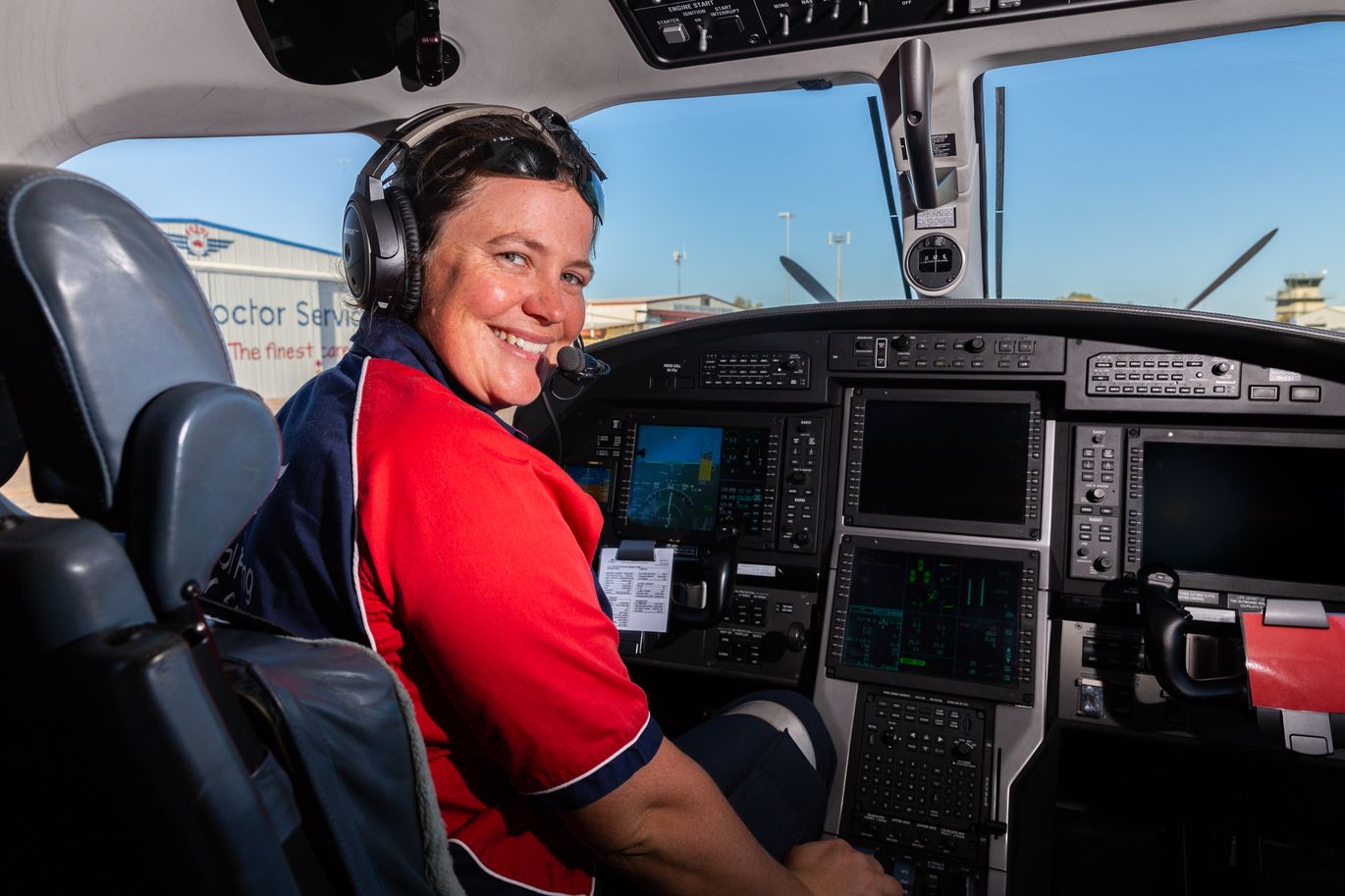
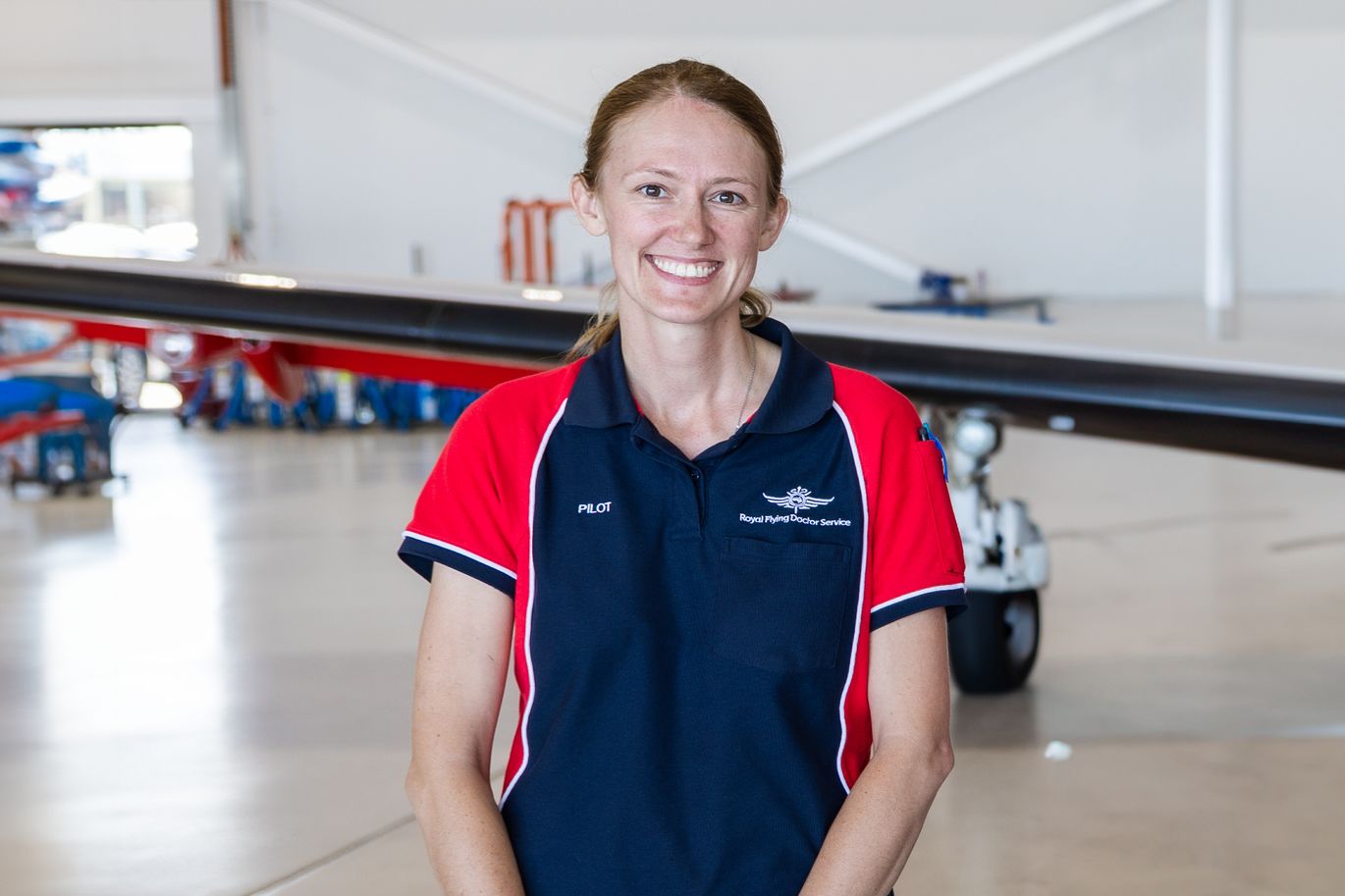
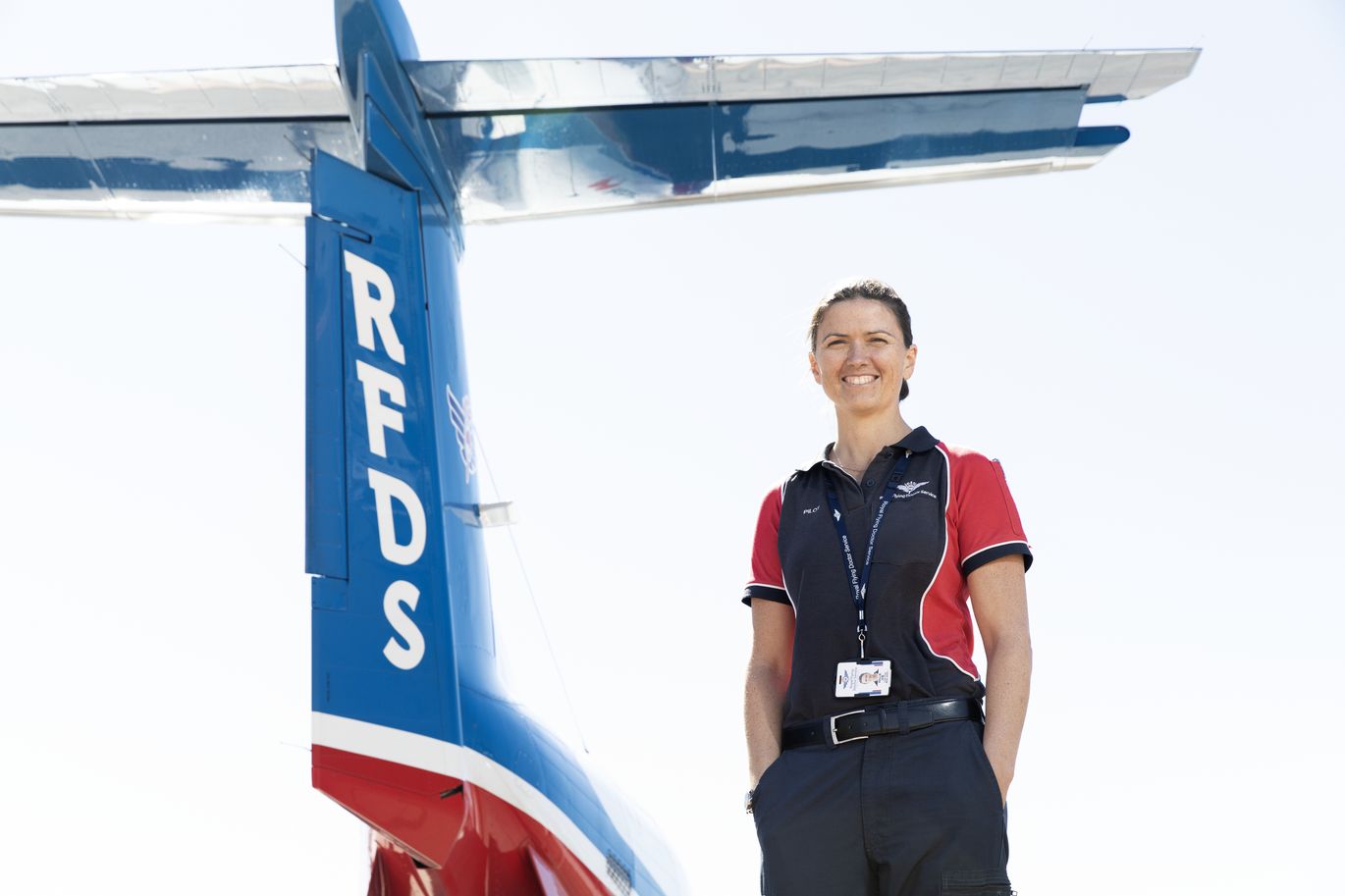
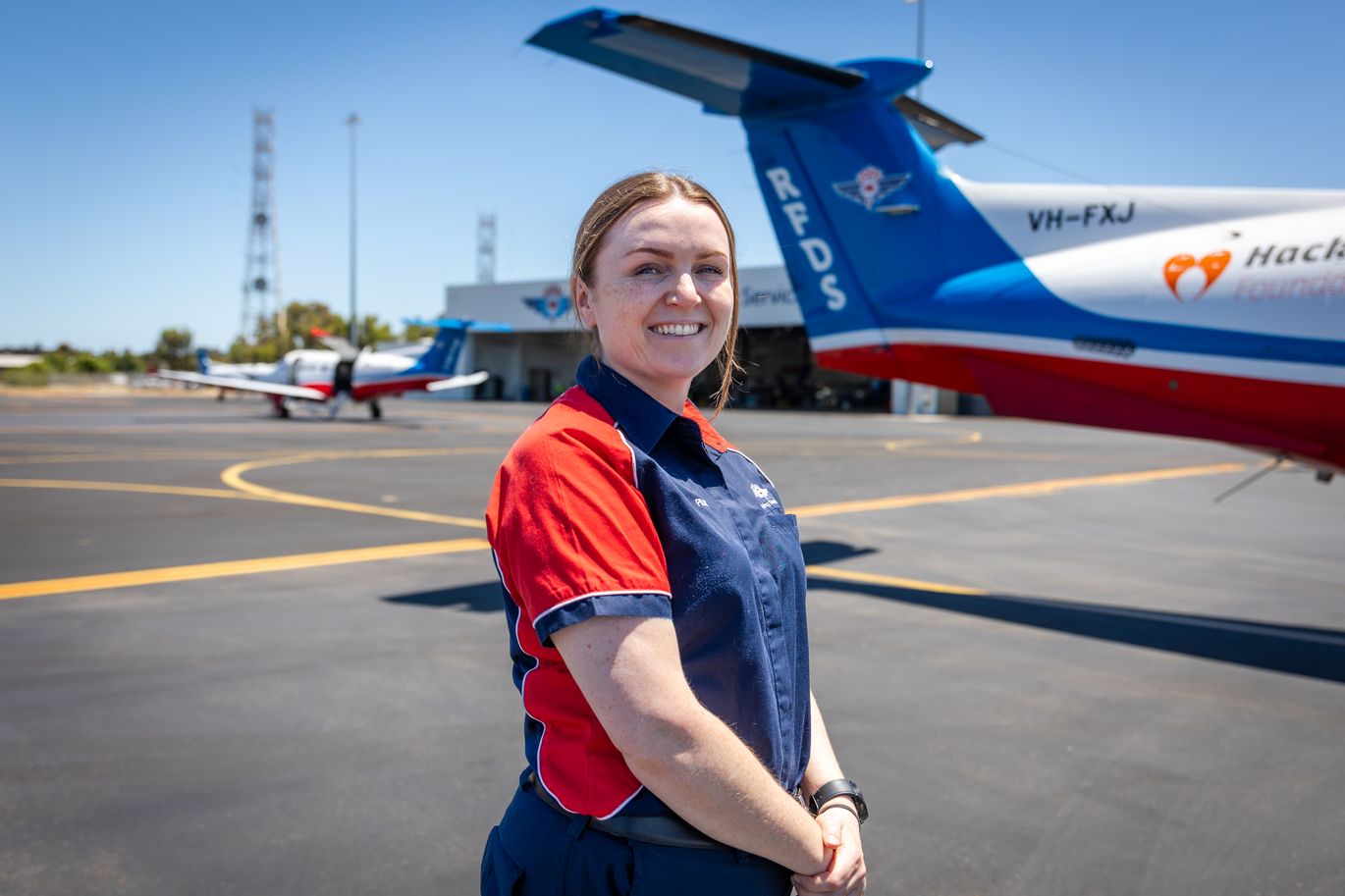
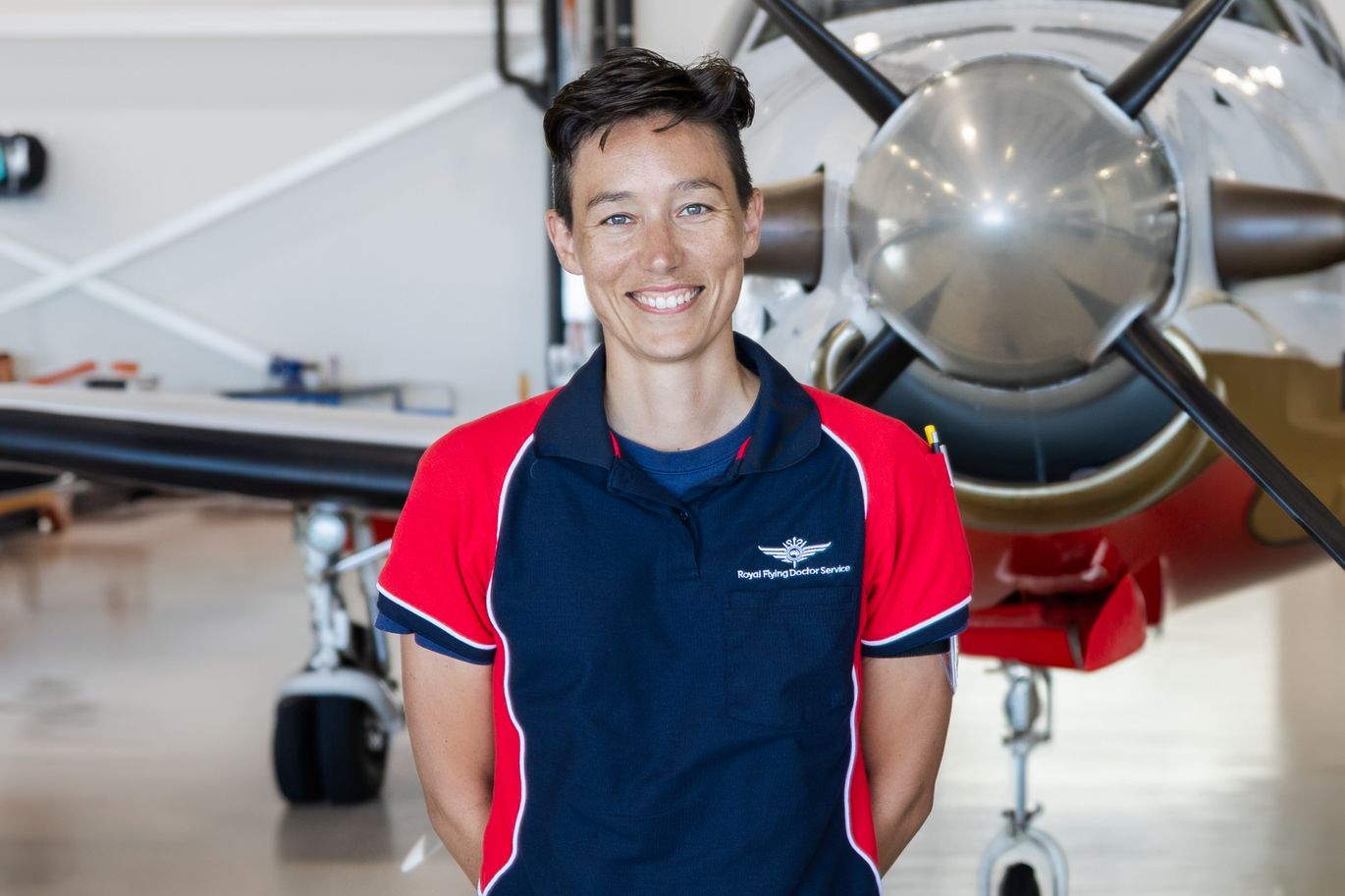
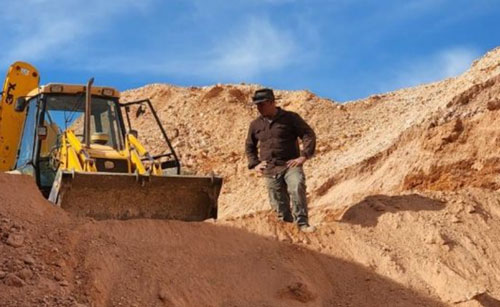

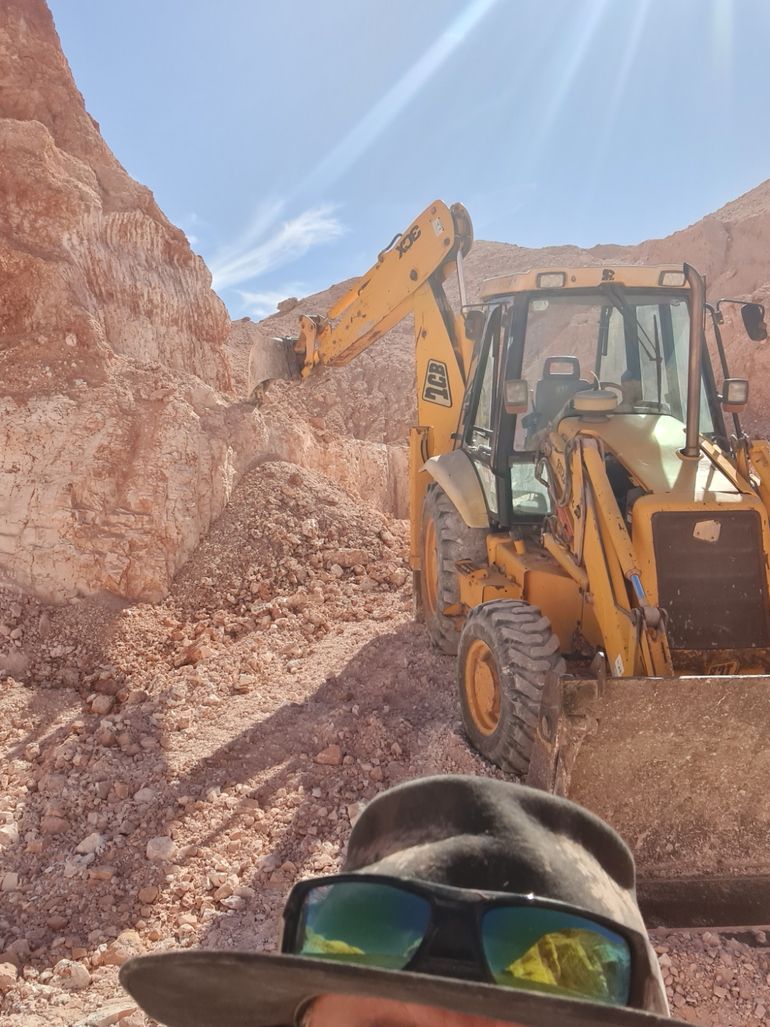
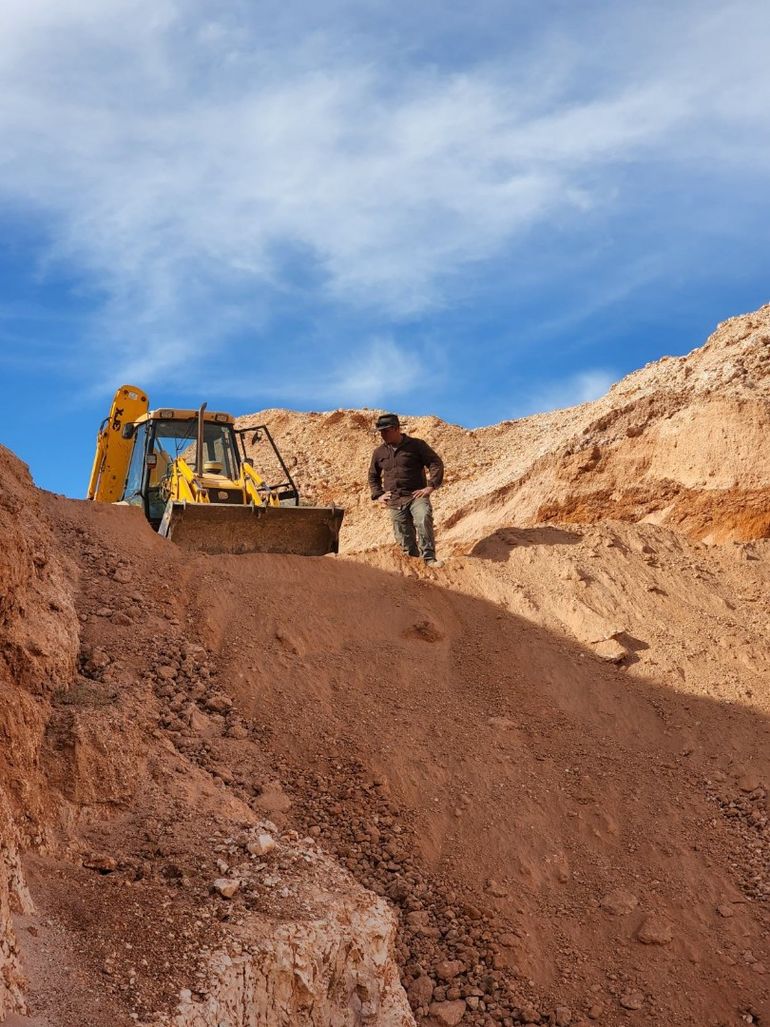
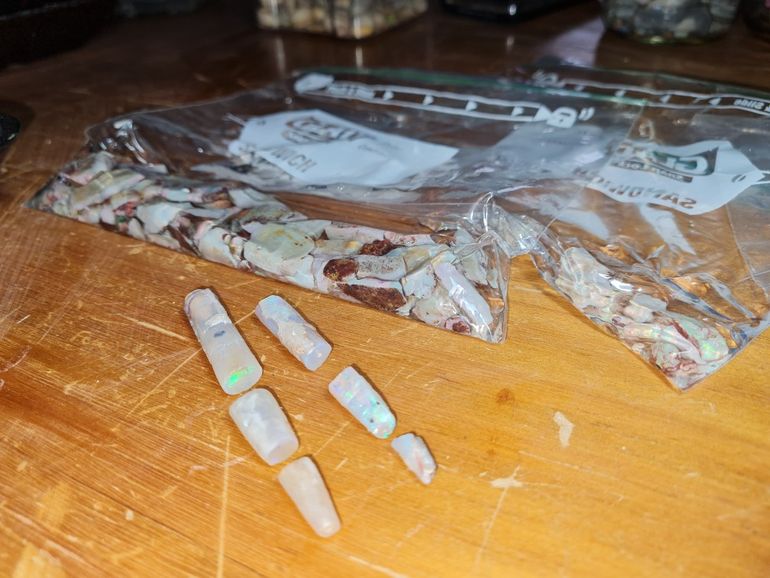
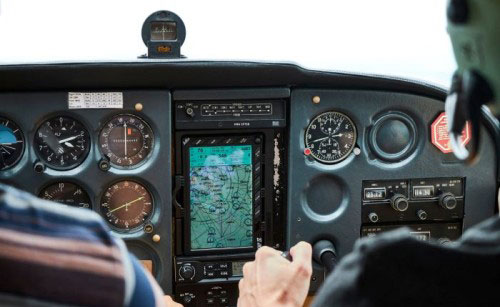
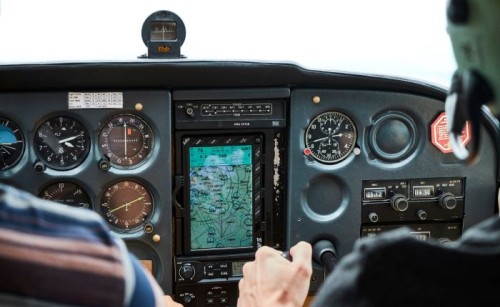
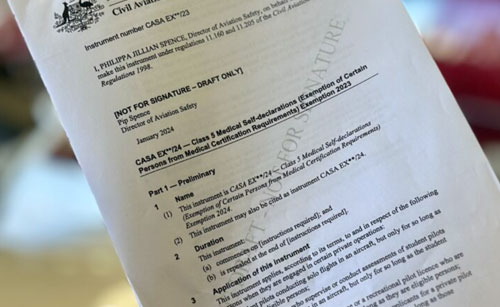
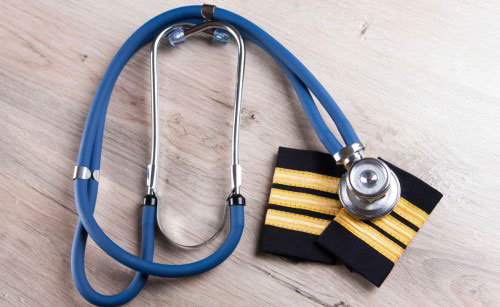
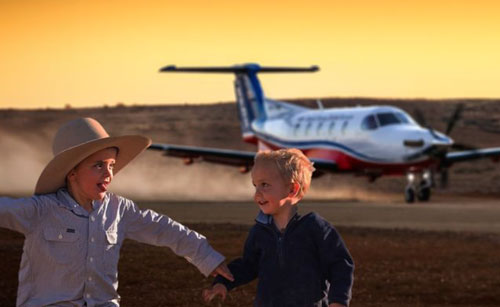
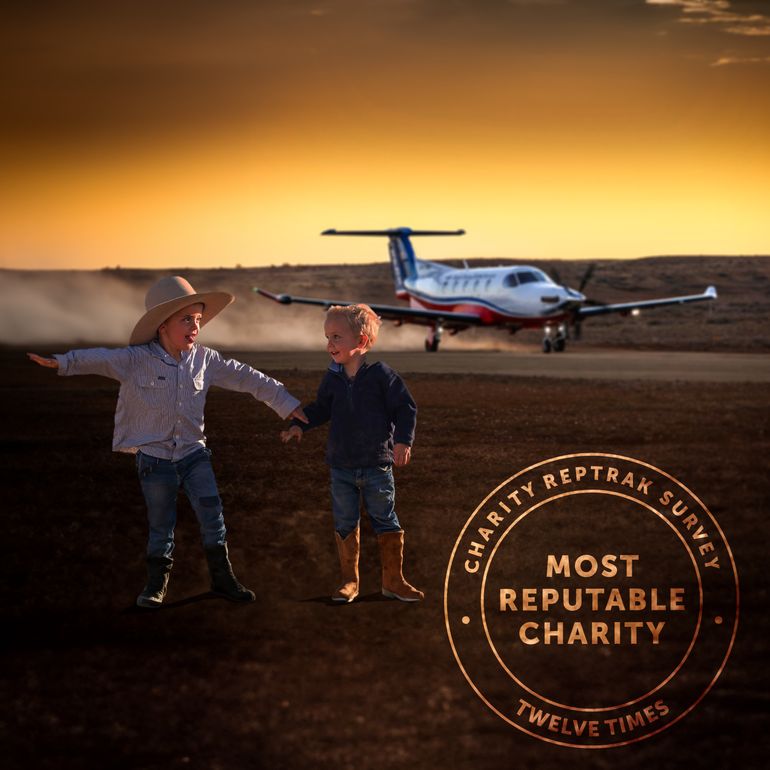
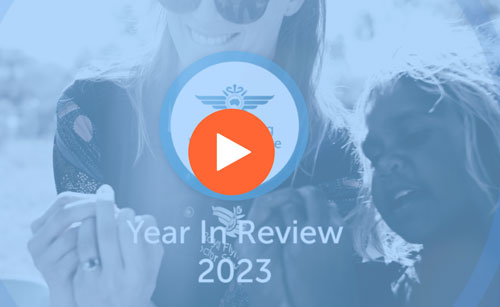
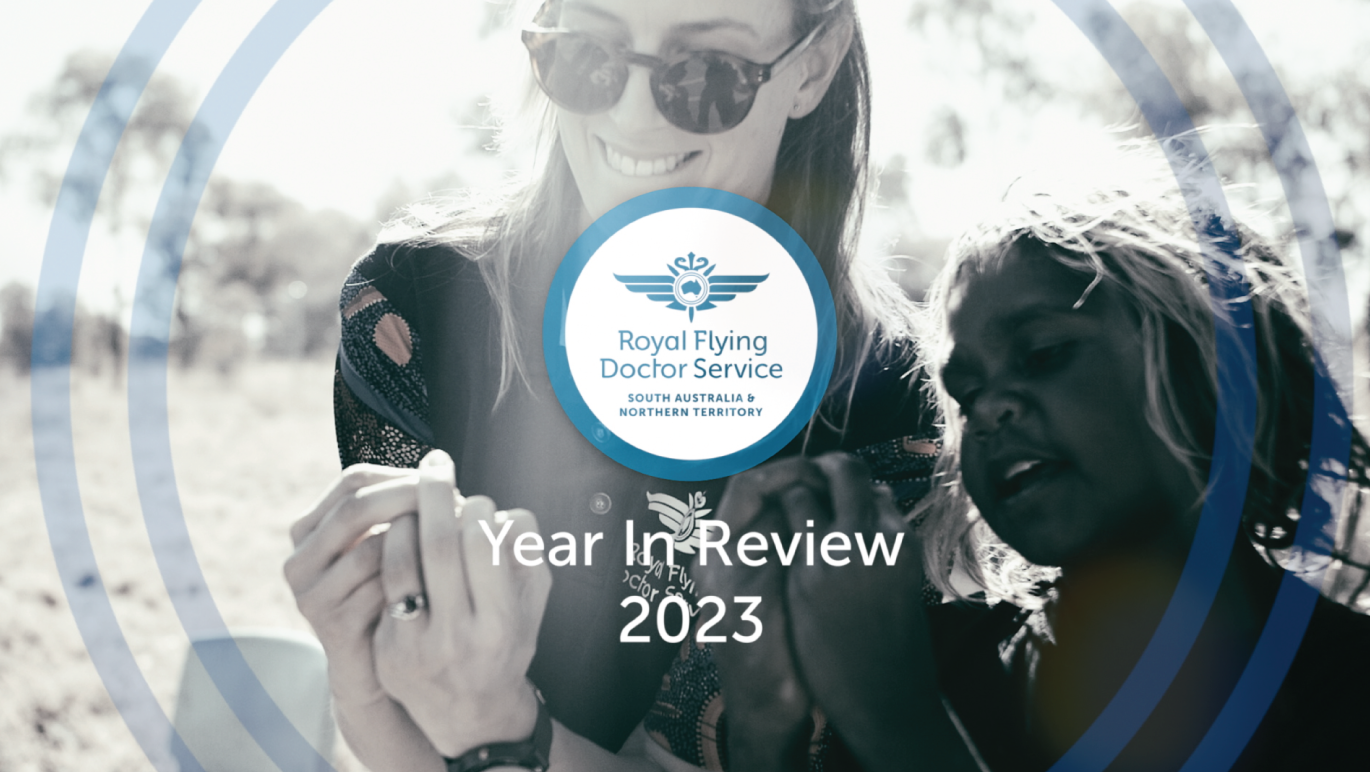
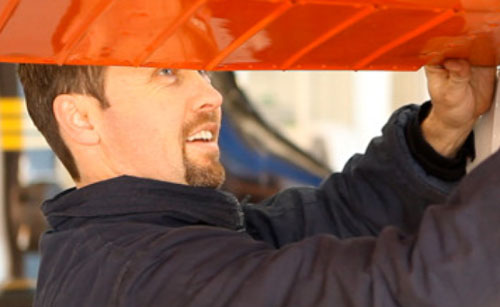




 Safety Management SystemsSafety management is vital to keeping our skies safe. It involves managing your business activities and preventing accidents.
Safety Management SystemsSafety management is vital to keeping our skies safe. It involves managing your business activities and preventing accidents.